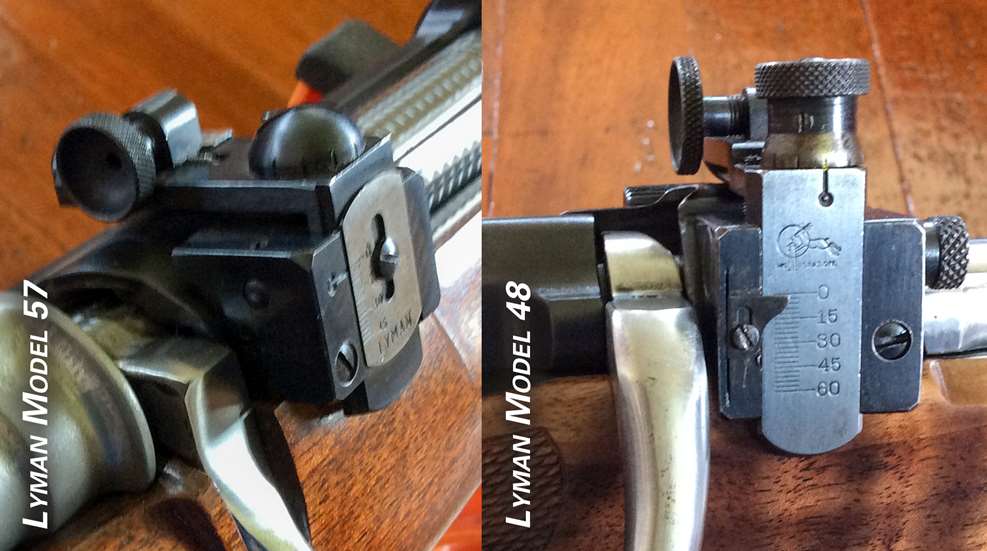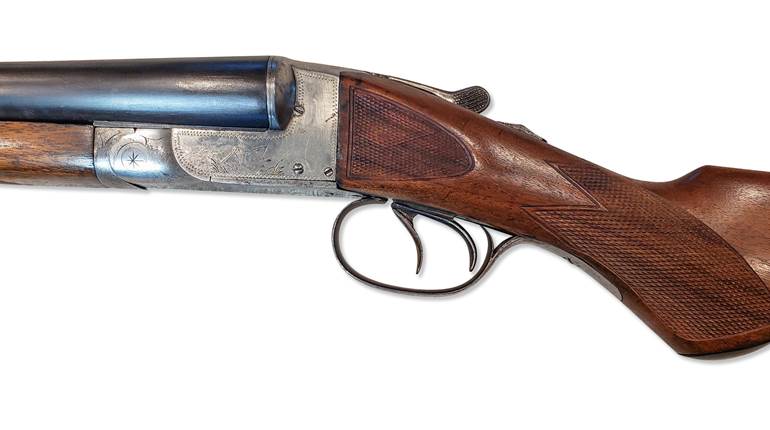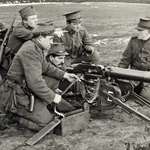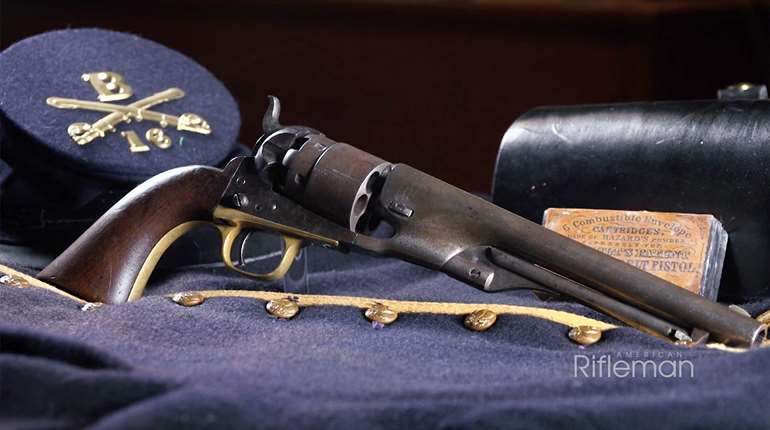
Q: I recently acquired a custom rifle equipped with a Lyman receiver sight. Before I attempt to zero it, I need to know how far the “clicks” will move the strike of the bullet at 100 yards. The cost of ammunition is too dear to just guess these days.
A: Your question certainly has merit, however, the only answer I can give is this: It depends. The amount of change in the impact of the bullet depends on the sight radius, which, in turn, is dependent on the length of the barrel of the rifle to which the sight is attached, the thread specifications of the spindles engineered into the sight and also the number of clicks provided in one rotation of the spindles. Thus, in order to answer your question, we need to know the following particulars:
1. The sight radius (the distance from the rear of the aperture to the rear of the front sight). The shorter the sight radius, the greater the change per click on the target will be.
2. The threads per inch (TPI) of the adjustment spindles, both horizontally and vertically (hopefully they are the same).
3. The number of clicks per rotation of the spindles.
4. The distance to the target (range). In this case, we already know—100 yards, or 3,600".
You didn’t mention the model or vintage of your Lyman sight, so I compared two rifles I have available, one with a Lyman 48 sight, the other a Model 57. The distances between the sights are 28" and 25", respectively. As it turned out, both models’ elevation and windage spindles are 40 TPI, meaning that one revolution will change the position of the aperture 0.025". Both also employ 12 clicks per revolution, which amounts to 0.0020833" per click.
Now to apply the math. The formula used to determine the answer to our question is as follows: (sight change) times (range to target) divided by (sight radius) equals (the change in bullet strike)—all measured in inches. Assuming that your sight features the same 40-TPI spindles as our example, it is only necessary for you to plug your sight radius into the above equation.
For instance, for the 28" sight radius example mentioned above, the formula to determine the change to bullet strike caused by moving the sight one click would read (0.0020833"x3600") divided by (28") equaling (0.268"). The 25" model would give (0.0020833"x3600") divided by (25") equaling (0.300"). However, if we extended our sight radius out to 30", we would, for all practical purposes, meet the one-click per quarter-inch criteria, which I believe was Lyman’s objective all along.




































